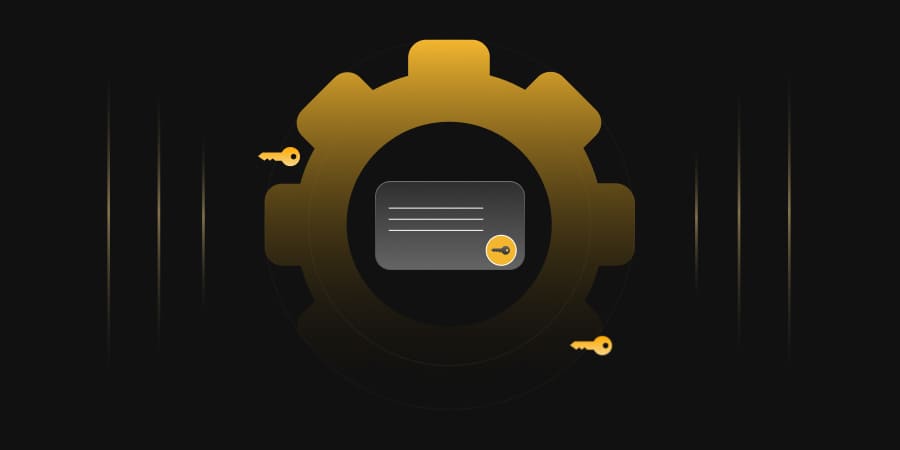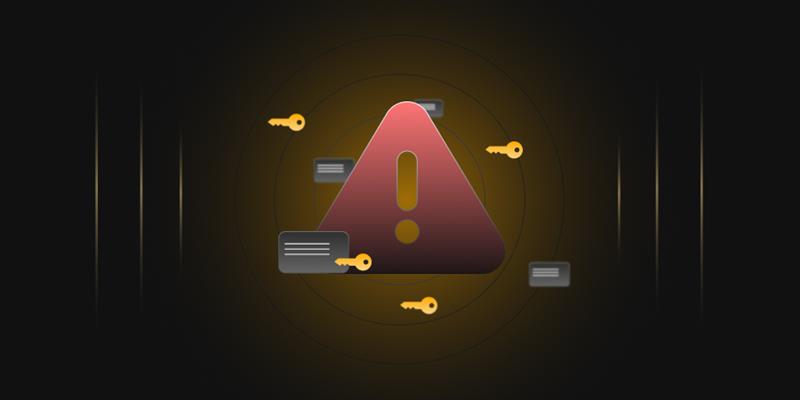Internet of Thing’s Pathway to Security by use of PKI
The Internet of Things is leading the way for the Fourth Industrial Revolution. The Third Industrial Revolution was all about digitization and IT Technology communicating applications with people. The Internet of Things, however, disrupts the industries by having devices constantly communicate with other devices.
Business Insider Intelligence expects there will be more than 24 billion IoT devices on Earth by 2020. The IoT allows physical devices to have a connection to the internet allowing organizations to collect and analyze valuable data. By analyzing this data, organization can transform their businesses to achieve various goals such as increasing revenue, upgrading customer service, optimizing operations, and discovering new opportunities.
The number of devices connected to the Internet is growing everyday. The risk of cyber threats and data breaches is at an all-time high. Securing IoT data should beat the forefront of concerns, but yet, organizations lack the sophistication to implement the best methods and practices. Public Key Infrastructure (PKI) can play a critical role in alleviating a large amount of risk that IoT faces today by offering security mechanisms such as authentication, data integrity, and encryption.
Current Security Risks of the Internet of Things
Security must come first for the implementation of IoT. The Internet of Things has an endless potential of expanding the Internet to any device, surface, or object we interact with. Each IoT device can be identified by embedding a certificate within the existing Internet infrastructure. Each device connected by IoT must have its own security.
One of the biggest factors for devices connected by IoT is being in an open and constantly threatened environment. For example, if a digital door lock lacked the proper security, a hacker would be able to unlock your door and intrude your home. The Mirai Botnet (aka Dyn Attack) was the result of the largest DDOS attack yet.
The attack led to a temporary shutdown of Twitter, the Guardian, Netflix, Reddit, and CNN. Once the Mirai malware-infected computers, IoT devices such as DVRs and digital cameras were searched and hacked using their own default login and password.
Further Examples of Risks:
- Unsecure Web Interface
- Data Privacy
- Unsecure Network Services
- Unsecure Mobile Connections
What Public Key Infrastructure has to Offer for IoT ?
Public Key Infrastructure is a security ecosystem that has stood the test of time for achieving secure Internet-based transactions by the use of digital certificates. Digital certificates have provided security to servers and routers from the very early stages of the Internet through Public Key Infrastructure; it does away with the need for password policies, tokens or other ineffective methods by using direct communication for authentication of systems.
PKI involves software, hardware, procedures, and policies to provide a core service for secure communications. The goal is to create and maintain trust in an IoT environment safe from threats by its main features: authentication, encryption, and data integrity.
Authentication:
- Embed certificates to identify devices and secure connections by establishing a strong trust among device, services, and users.
- Use short-lived certificates in case there is a compromise.
- Provides strong authentication between users and devices, and from thing to thing in IoT.
Encryption:
- Provides the essential methods for strong cryptographic encryption and ensures private communication.
- Provides support for a wide variety of devices on IoT ranging from smart grids to vehicles.
Data Integrity:
- Provides assurance that data has not been altered during transit.
- Provides authorization and digital integrity by digitally signing documents, email, and various other types of data .
- Increases trust in the data being received from devices and increases trust in the results of data analysis.
Challenges of IoT with PKI
While the Internet of Things is a new and upcoming technology, PKI has been around for the early stages of the Internet to provide consistent and strong security. There are new challenges that Public Key Infrastructure faces when being implemented with the IoT.
Scale-ability for PKI may become an issue
- There must be a change implemented in traditional PKI if local databases cannot support the volume of authorization requests.
- A need for an IoT-focused Certificate Authority.
- Where and how will Certificate Authorities be provisioned.
- Must be able to support a massive amount of volume with fast response time.
Diversity of the devices in Iot
- Traditional PKI implemented common themes of issuing certificates to users for portal access or SSL certificates for public or internal servers.
- However, each case in the IoT could be completely different.
- Every device manufactured requires security implementations in the IoT.
PKI: Developments to Meet The Needs of IoT
Future enhancements must be made for PKI to maintain the complete security of those connected with IoT. As you read this, more and more devices are being connected through IoT. For PKI to maintain its heralded security, improvements must be made to keep up with the future.
- Shorter hierarchy to validate chain and use of an algorithm such as ECC which consumer smaller amount of power for performing cryptographic operations
- Enhancement of the API to support volume, performance, and availability
- Complete automation
The Need for PKI to Secure IoT
From the dawn of the Internet, Public Key Infrastructure has been a staple in cybersecurity. The capabilities PKI offers an organization are the ability to freely utilize, implement and personalization make it the best security option.
Organizations looking to take advantage of the newest technology that IoT presents must realize that PKI is the key to their security needs. PKI allows the devices that are connected by IoT to have a proper framework to identify themselves and protect the data being communicated.
Using best practices for secure implementation will be the key to your success and reputation as an organization. At Encryption Consulting, we can help your organization to maximize security with the use of proper Public Key Infrastructure implementation and choose the best fit vendor.




